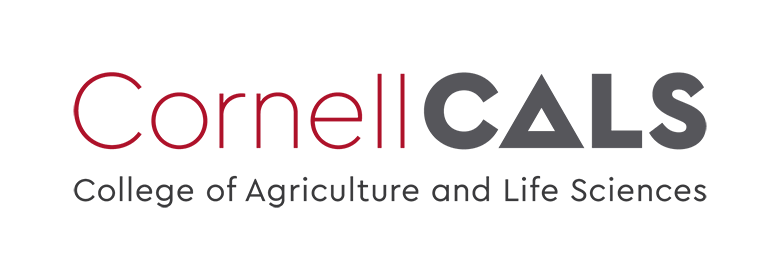Think of all of the excellent sports teams out there in 2016. The Golden State Warriors, the Chicago Cubs, the New England Patriots. What do they have in common?
Of course, they have great players and coaches, a pre-requisite to greatness. However, you will also find these teams were the first, and most eager to incorporate data and analytics into their organizational system.
For the past couple weeks, we have used our Twitter account to highlight many ways to collect data on Turf landscapes. Examples of the many aspects of turf management we covered were irrigation, soil nutrients, turfgrass varieties. Our goal was to expose people to the world of data collection, and show them that the ability to quantify things is out there and readily available.
We understand that the transitional process in accepting and analyzing data is a tough one to make. We are not disillusioned into thinking that by this time next year, you will be optimizing your entire operation using second order derivations of economic opportunity cost formulas. No, we are simply hoping that beginning data collection in even the smallest way will give you the momentum you need to create a snowball effect.
We would suggest starting small. Perhaps you could begin your data collection voyage by keeping basic weather data from a local weather station, like daily maximum and minimum temperature, and precipitation. Or, you could keep records of your pesticide and fertilizer applications in a computer program like Excel. When you notice a disease outbreak, you have the ability to go back and check when the last time you applied Product X was, or what the weather conditions were like leading up to the outbreak. This feedback loop, made possible by data collection, allows you make adjustments for future management decisions.
Consulting the data will give you added confidence when making decisions. No longer will you rely on “gut feelings” or what your friend down the road told you they did. You will be able to make informed decisions specific to your turf landscape, supported by facts.
As an example, say you are a golf course superintendent looking to justify your management decisions to the membership or owner. Perhaps you got soil sample results that showed organic matter levels are higher than you would like. You could go to ownership and reference your soil samples, and research that shows that high organic matter leads to increased disease probability in order to convince them of the need to conduct aggressive cultural practices. They will be more inclined to accept the minor disruptions in play if data is incorporated into your line of reasoning for such practices.
For those who are already a part of the data revolution, there are many advanced technologies in existence that can potentially revolutionize your operation. A particular technology we are intrigued by is called FAIRWAYiQ. FAIRWAYiQ is a tracking system designed to track the movement of every person on a golf course using smart tags. Every golf cart, player, worker, and piece of equipment can be tracked using an antenna router mounted a few stories in the air. This tool would rapidly optimize golf course operations. The pro shop could identify specific holes on the course that lead to slow play, and report to the Superintendent who could then make modifications in playability to the hole if necessary. The Superintendent could use the tracking software to monitor the maintenance program, and optimize it for time or fuel savings. The system could even update employees on gaps in play to perform uninterrupted maintenance. FAIRWAYiQ is still in the testing stage, but for more information, visit the FAIRWAYiQ website.
Kirk Lacob is the Assistant GM of the Golden State Warriors. Recently, he said: “Sure, we could run our team without all of the available data. But why would we?”
We can ask that same question to turf managers. Why would you manage a turf landscape without all of the available data? The world of sports revolves around one of the most unpredictable things in the world: human behavior. If they can use numbers to express truths and probabilities in that arena, surely we can do it in turf? What Lacob is really saying here is that there is no argument for not having data.
For the advanced data enthusiast, we encourage you to keep searching for ways to improve. Be a pioneer for others to follow, and constantly search for ways to improve. For the novice data collector, we hope to have convinced you that the term “data” is not something to be scared of. It’s not long lines of computer codes, or complex equations with symbols you’ve never seen before. At it’s core, it’s turning the activities or observations you complete on a daily basis into numbers. It has never been easier to enter the dawn of data, and it’s hard to argue against it’s merits. If you do, remember, the data is on our side…


